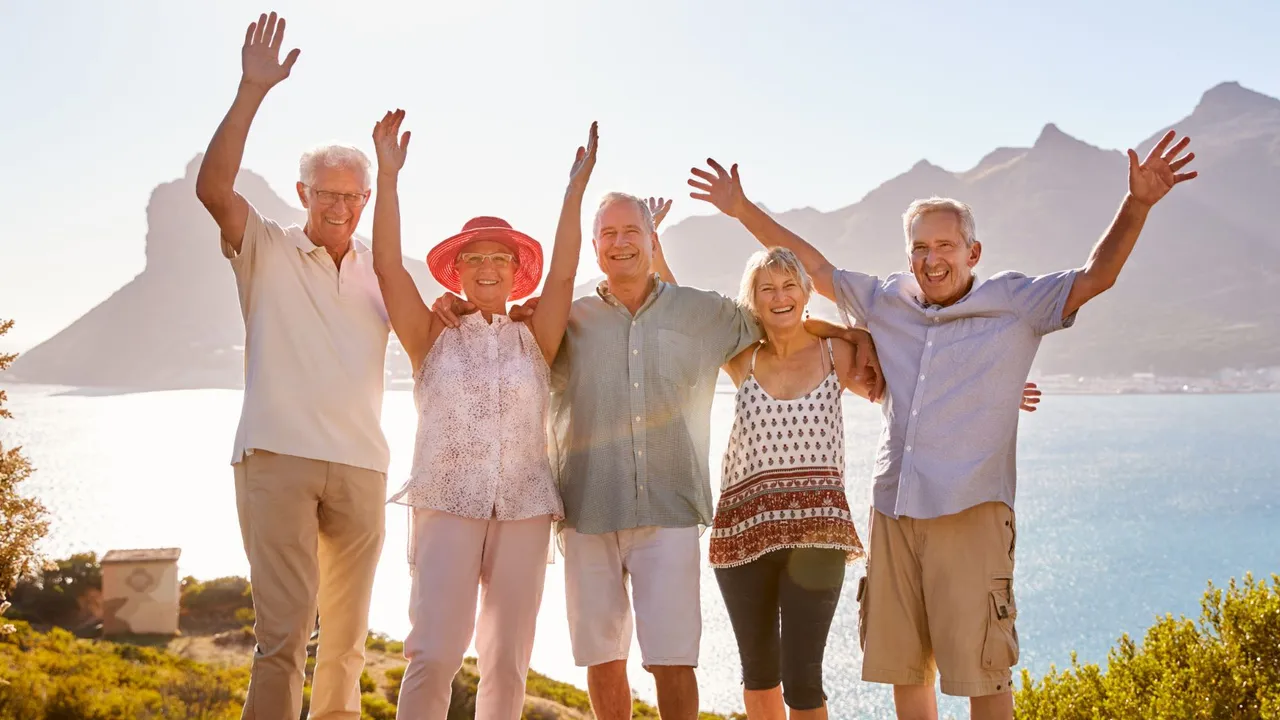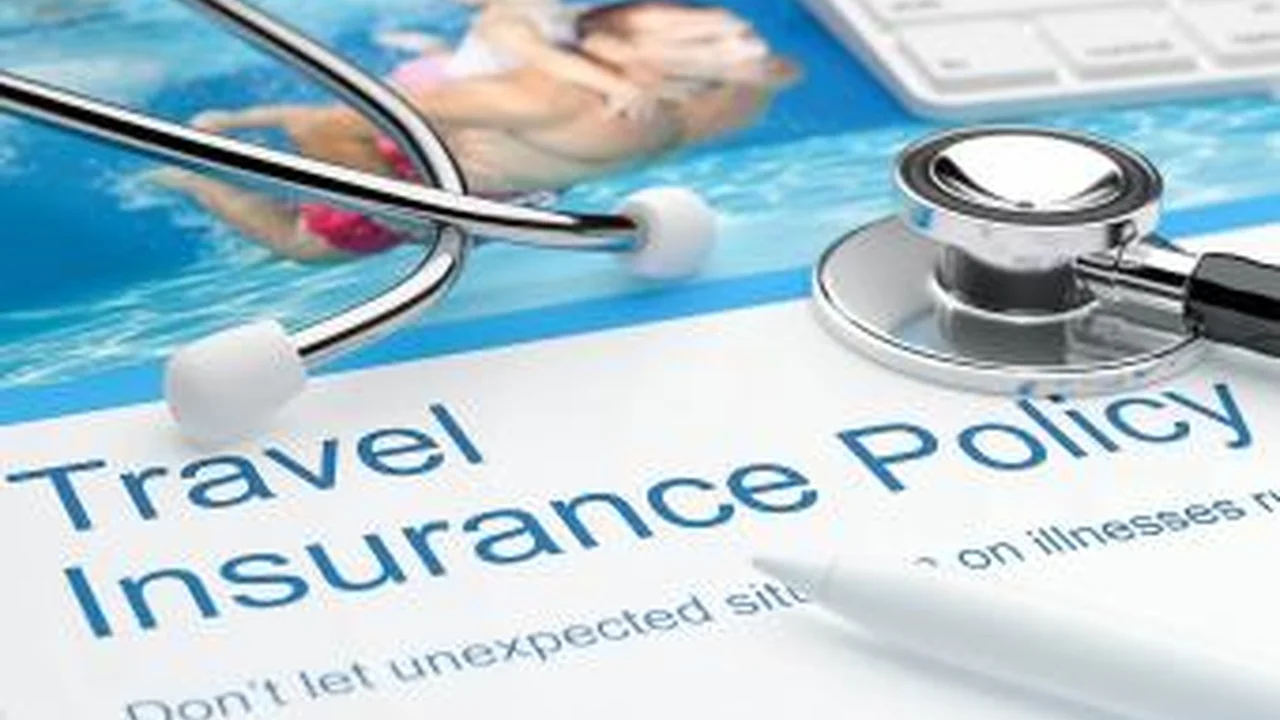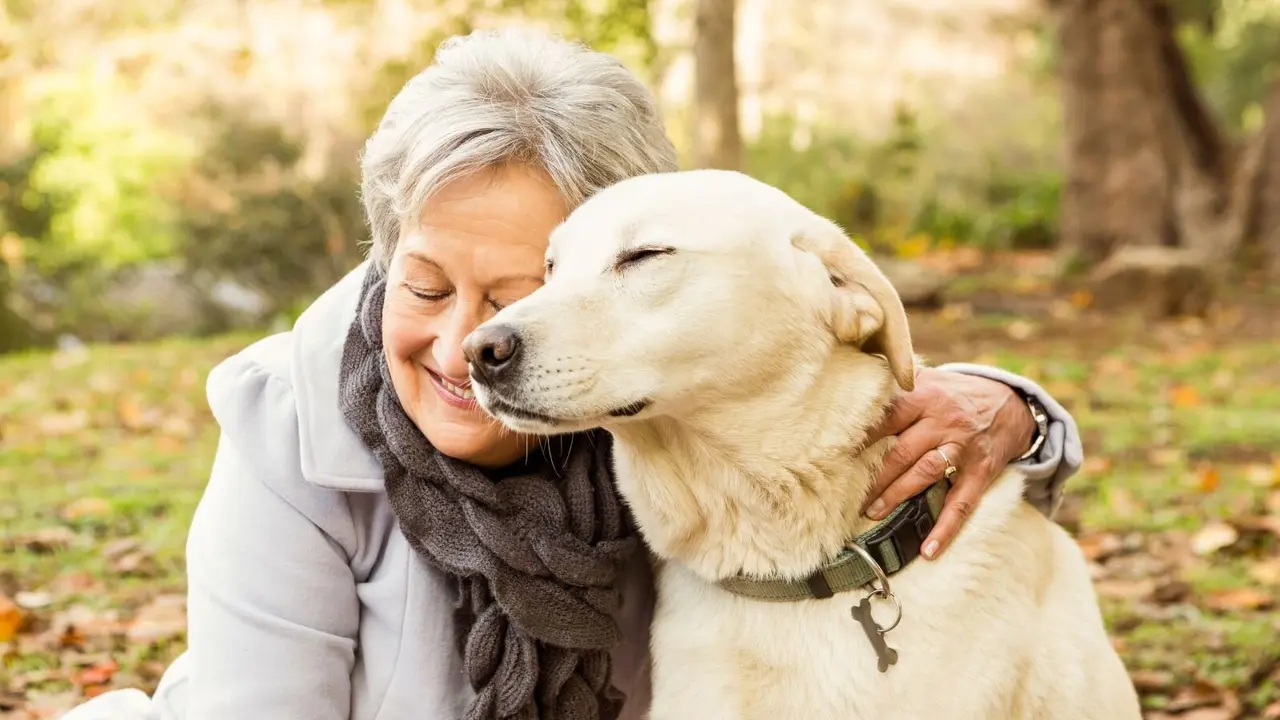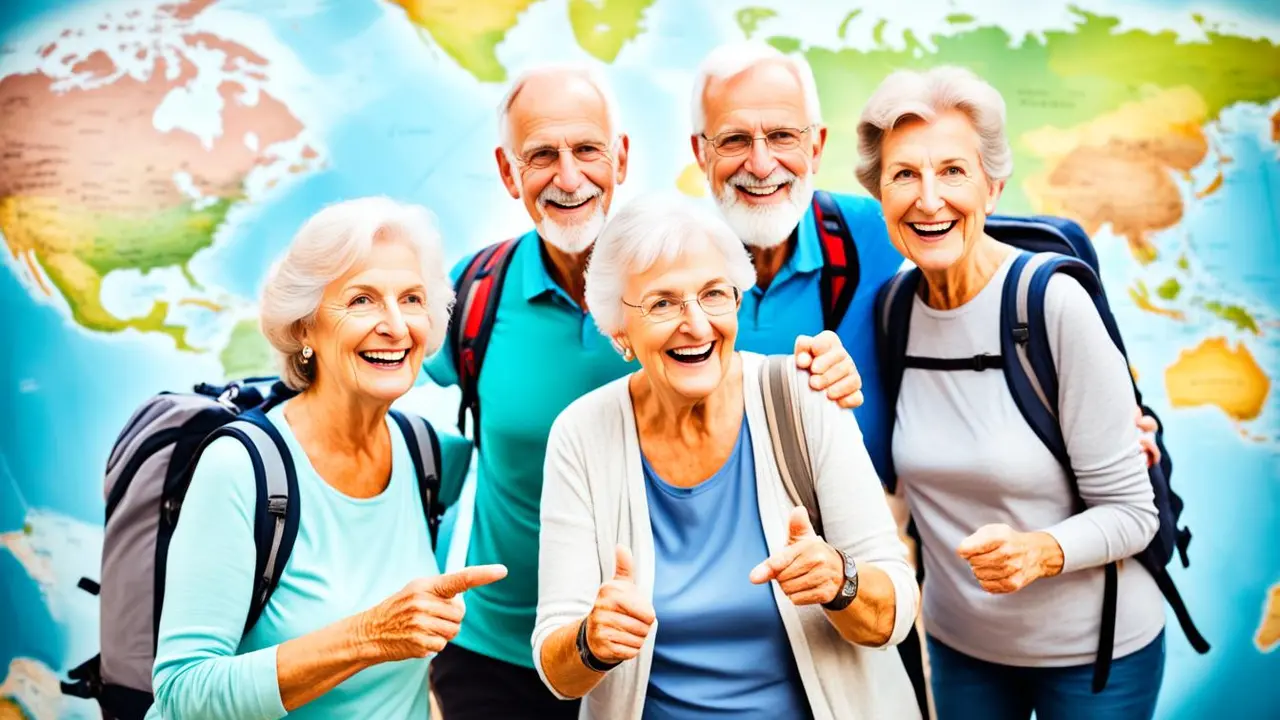Senior Trip Emergency Preparedness What to Do
{ "article": [ { "title": "Senior Trip Emergency Preparedness What to Do", "meta_description": "Be prepared for senior trip emergencies. Essential steps and contacts for unexpected situations abroad.", "content": "Be prepared for senior trip emergencies. Essential steps and contacts for unexpected situations abroad.\n\n
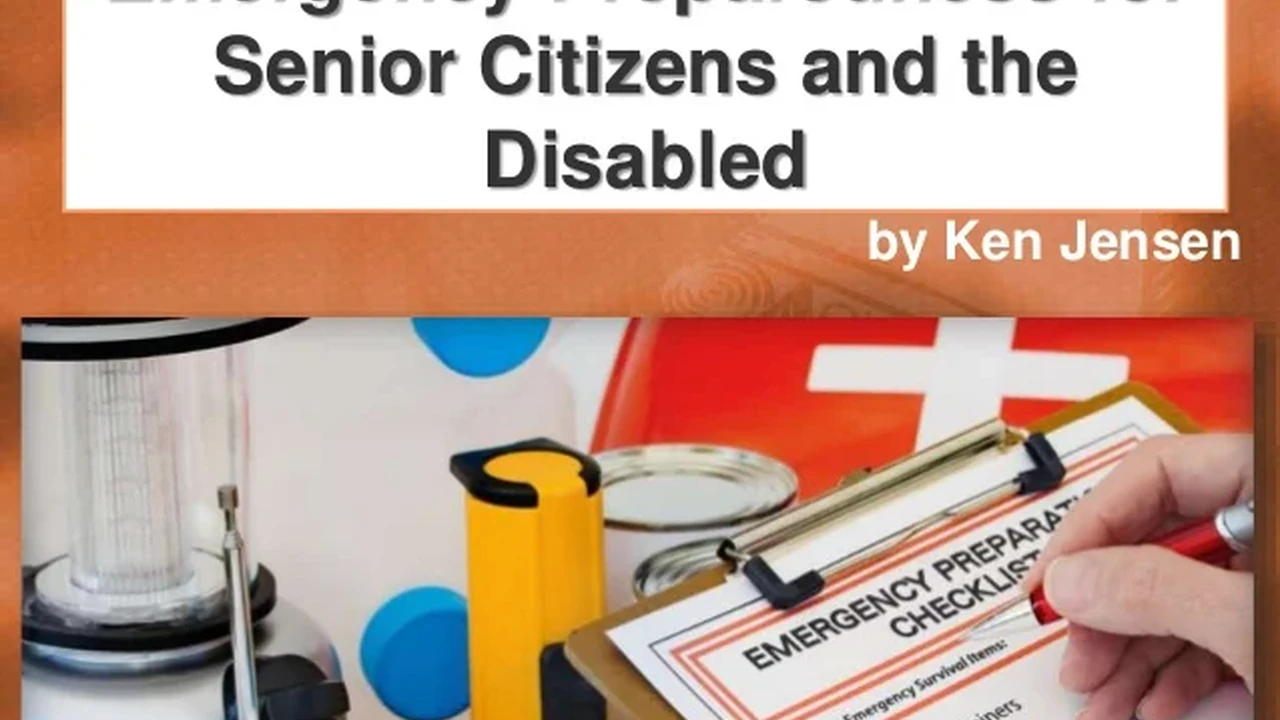
Understanding Common Senior Trip Emergencies and Their Impact
\n\nEmbarking on a senior trip is an exciting adventure, a culmination of years of hard work and anticipation. However, even the most meticulously planned journeys can encounter unexpected bumps. Being prepared for potential emergencies isn't about dwelling on the negative; it's about empowering yourself with the knowledge and tools to navigate unforeseen circumstances with confidence and minimize their impact. Common emergencies can range from minor inconveniences like lost luggage or a missed flight to more serious situations such as medical emergencies, natural disasters, or even civil unrest. The impact of these events can vary widely, from financial strain and emotional stress to physical harm. Understanding the types of emergencies you might face, especially when traveling internationally, is the first step in building a robust preparedness plan.
\n\nFor instance, a medical emergency in a foreign country can be particularly daunting due to language barriers, unfamiliar healthcare systems, and insurance complexities. A lost passport can derail your entire trip, requiring immediate action with your embassy. Natural disasters, while less common, can lead to widespread disruption, requiring evacuation or extended stays. Even seemingly minor issues like a lost wallet can escalate if you don't have a backup plan for accessing funds. The key is to anticipate, not fear, and to equip yourself with the strategies to respond effectively.
\n\nPre-Trip Emergency Planning Essential Steps and Checklists
\n\nEffective emergency preparedness begins long before you board your flight. This pre-trip planning phase is crucial for laying the groundwork for a safe and smooth journey. Think of it as building a safety net that will catch you if you stumble. Here's a comprehensive checklist to guide your preparations:
\n\nComprehensive Travel Insurance Your Ultimate Safety Net
\n\nThis is arguably the most critical component of your emergency plan. Travel insurance can cover a wide range of unforeseen events, including medical emergencies, trip cancellations or interruptions, lost luggage, and emergency evacuations. Don't just opt for the cheapest policy; read the fine print carefully to understand what's covered and what's excluded. Look for policies that offer robust medical coverage, including pre-existing conditions if applicable, and emergency medical evacuation. Consider policies that also cover trip delays and interruptions, as these can lead to significant unexpected costs.
\n\nProduct Recommendations:
\n- Allianz Travel Insurance: Known for comprehensive plans, including medical, trip cancellation, and emergency assistance. They offer various tiers, from basic to premium, catering to different needs and budgets. Their 'Prime' and 'Premier' plans are popular for senior travelers due to higher medical limits and broader coverage.
- World Nomads: Popular among adventurous travelers, they offer good coverage for a wide range of activities and have excellent emergency assistance services. Their 'Explorer' plan is more comprehensive and might be suitable for longer or more complex trips.
- Travel Guard (an AIG company): Offers customizable plans with options for 'Cancel For Any Reason' (CFAR) and extensive medical coverage. Their 'Preferred' and 'Deluxe' plans provide higher benefits and more flexibility.
Comparison: Allianz often has a strong reputation for customer service and claims processing. World Nomads is great for those who might engage in more active pursuits. Travel Guard offers good customization. Always get multiple quotes and compare coverage limits, deductibles, and exclusions.
\n\nDigital and Physical Copies of Important Documents Your Backup Plan
\n\nImagine losing your passport or visa in a foreign country. It's a nightmare scenario, but one that can be mitigated with proper preparation. Make multiple copies of your passport, visa, flight tickets, hotel reservations, travel insurance policy, and any other critical documents. Store digital copies securely in a cloud service (like Google Drive or Dropbox) and email them to yourself and a trusted contact back home. Keep physical copies separate from the originals. Consider carrying a small, waterproof pouch for these copies.
\n\nEmergency Contact List Who to Call When It Matters Most
\n\nCreate a comprehensive list of emergency contacts. This should include your family members, travel insurance provider's 24/7 emergency line, your country's embassy or consulate in your destination, your bank's fraud department, and any doctors or specialists you might need to contact. Keep this list both digitally on your phone and physically in your wallet or travel documents. Share this list with your travel companions and a trusted person at home.
\n\nMedication Management Ensuring Uninterrupted Health
\n\nIf you take prescription medications, ensure you have enough for your entire trip, plus a few extra days' supply in case of delays. Carry medications in their original containers with clear labels. Obtain a letter from your doctor explaining your medical conditions and the medications you are taking, especially if you are carrying controlled substances or large quantities. Research any restrictions on bringing certain medications into your destination country. Always pack essential medications in your carry-on bag.
\n\nFinancial Preparedness Accessing Funds in a Crisis
\n\nDiversify your access to funds. Don't rely solely on one credit card or debit card. Carry a small amount of local currency for immediate needs. Inform your bank and credit card companies of your travel plans to avoid your cards being flagged for suspicious activity. Have a backup plan for accessing emergency funds, such as a trusted family member who can wire money if needed. Consider a travel-specific debit card with low international fees.
\n\nDuring Your Senior Trip Responding to Unexpected Situations
\n\nEven with the best planning, emergencies can still arise. The key is to remain calm, assess the situation, and act decisively. Your pre-trip preparations will now come into play, guiding your response.
\n\nMedical Emergencies Seeking Timely and Appropriate Care
\n\nIf you experience a medical emergency, contact your travel insurance provider immediately. They can guide you to approved medical facilities, arrange for direct billing, and provide translation services if needed. Carry a small card with your essential medical information, including allergies, blood type, and any chronic conditions, translated into the local language if possible. Know the local emergency number (e.g., 911 in the US, 112 in Europe).
\n\nLost or Stolen Passport What to Do Next
\n\nReport a lost or stolen passport to the local police immediately and obtain a police report. This is crucial for insurance claims and for obtaining a replacement passport. Then, contact your country's embassy or consulate in your destination. They will guide you through the process of applying for an emergency passport or travel document. Having those digital and physical copies of your passport will significantly speed up this process.
\n\nLost Luggage or Valuables Steps to Recovery
\n\nFor lost luggage, report it to the airline or transportation company immediately. Keep all claim numbers and documentation. Your travel insurance may cover lost or delayed luggage, so contact them as well. For stolen valuables, file a police report as soon as possible. Provide as much detail as you can about the stolen items. Again, your travel insurance policy will be your primary recourse for financial compensation.
\n\nNatural Disasters and Civil Unrest Staying Safe and Informed
\n\nStay informed about local news and weather advisories. Register with your country's embassy or consulate's Smart Traveler Enrollment Program (STEP) or similar service; this allows them to contact you in an emergency and provide assistance. Follow local authorities' instructions. Have a designated meeting point with your travel companions. In extreme cases, be prepared for potential evacuation, and follow the guidance of your embassy or local emergency services.
\n\nPost-Emergency Actions Recovering and Learning
\n\nOnce the immediate crisis has passed, there are still important steps to take to ensure a full recovery and to learn from the experience.
\n\nFiling Insurance Claims Maximizing Your Coverage
\n\nGather all necessary documentation, including police reports, medical bills, receipts for emergency purchases, and communication with airlines or other service providers. Contact your travel insurance provider as soon as possible to initiate the claims process. Be thorough and provide all requested information to ensure a smooth and timely reimbursement.
\n\nSeeking Support Emotional and Practical Assistance
\n\nEmergencies can be emotionally taxing. Don't hesitate to reach out to family, friends, or mental health professionals if you're struggling to cope. Your travel insurance may also offer mental health support services. Practically, assess any remaining travel plans and make adjustments as needed. If your trip was severely disrupted, consider whether you need to return home early or extend your stay.
\n\nReviewing and Updating Your Emergency Plan Continuous Improvement
\n\nAfter returning home, take some time to review what went well and what could have been improved in your emergency response. Did your insurance cover everything you expected? Were your emergency contacts easily accessible? Use this experience to refine your emergency preparedness plan for future travels. This continuous improvement ensures you're even better prepared for whatever adventures lie ahead.
\n\nEssential Emergency Gear and Gadgets for Senior Travelers
\n\nBeyond documents and plans, certain physical items can significantly enhance your safety and preparedness. These aren't just gadgets; they're tools that can make a real difference in an emergency.
\n\nPortable Power Banks Keeping Devices Charged
\n\nIn an emergency, your phone is your lifeline. A reliable portable power bank ensures you can charge your phone and other essential devices even when power outlets are scarce or unavailable. Look for high-capacity power banks that can provide multiple charges.
\n\nProduct Recommendations:
\n- Anker PowerCore III Elite 25600mAh: A high-capacity option that can charge most smartphones multiple times. It supports fast charging and has multiple ports. Price: Around $100-$120.
- Charmast Portable Charger 26800mAh: Offers a good balance of capacity and portability, often with multiple output ports. Price: Around $40-$60.
- Goal Zero Venture 35: A rugged, water-resistant option, great for outdoor adventures. It's durable and can withstand tougher conditions. Price: Around $70-$80.
Comparison: Anker is a premium brand known for reliability. Charmast offers good value. Goal Zero is for those needing extra durability.
\n\nPersonal Safety Alarms Deterring Threats
\n\nThese small, discreet devices emit a loud, piercing alarm when activated, designed to startle attackers and draw attention. They are a non-lethal self-defense tool that can provide peace of mind, especially when walking alone at night.
\n\nProduct Recommendations:
\n- SABRE Personal Safety Alarm with LED Light: A popular choice, very loud (120dB) and includes a small LED light. Easy to activate. Price: Around $10-$15.
- She's Birdie Personal Safety Alarm: Designed to be stylish and easy to use, with a very loud alarm and strobe light. Price: Around $25-$30.
Comparison: SABRE is a classic, reliable choice. Birdie offers a more modern, discreet design.
\n\nWater Purification Tablets or Filters Ensuring Safe Hydration
\n\nIn situations where access to clean drinking water is compromised (e.g., natural disasters, remote areas), water purification tablets or a portable filter can be life-saving. They remove bacteria, viruses, and protozoa, making questionable water sources safe to drink.
\n\nProduct Recommendations:
\n- Katadyn BeFree Water Filter: A lightweight, compact filter that screws onto a soft flask. Filters quickly and effectively. Price: Around $40-$50.
- LifeStraw Personal Water Filter: A classic, highly portable straw filter that allows you to drink directly from a water source. Price: Around $15-$20.
- Aquamira Water Purifier Tablets: Small, lightweight tablets that kill bacteria and viruses. Great for emergency kits. Price: Around $10-$15 for a pack.
Comparison: Katadyn and LifeStraw are great for immediate filtration. Aquamira tablets are excellent for long-term storage and emergency kits.
\n\nFirst Aid Kit Tailored for Travel
\n\nWhile your travel insurance covers major medical issues, a well-stocked first aid kit can handle minor injuries and ailments, preventing them from escalating. Include bandages, antiseptic wipes, pain relievers, allergy medication, any personal prescription medications, and blister treatment.
\n\nProduct Recommendations:
- Adventure Medical Kits Ultralight Watertight .7: A compact, comprehensive kit designed for travel, including basic wound care, medications, and blister treatment. Price: Around $25-$35.
- Johnson & Johnson All-Purpose First Aid Kit: A more general-purpose kit, good for basic needs, easily customizable. Price: Around $15-$20.
Comparison: Adventure Medical Kits are specifically designed for outdoor and travel use, often more durable and organized. J&J is a good basic option.
\n\nOffline Maps and Communication Apps Staying Connected Without Data
\n\nDownload offline maps (e.g., Google Maps, Maps.me) of your destination before you leave. This ensures you can navigate even without an internet connection. Communication apps like WhatsApp or Signal allow you to send messages over Wi-Fi, which can be crucial if your phone plan doesn't work abroad or if cellular service is down.
\n\nProduct Recommendations (Apps):
- Google Maps: Free, widely used, excellent for downloading offline maps.
- Maps.me: Free, detailed offline maps, great for hiking and exploring.
- WhatsApp/Signal: Free messaging apps that work over Wi-Fi.
Comparison: Google Maps is best for general navigation. Maps.me is superior for detailed offline exploration. WhatsApp/Signal are essential for communication.
\n\nThe Importance of a Calm Mindset in an Emergency
\n\nBeyond all the practical preparations and gear, one of your most powerful assets in an emergency is a calm and clear mindset. Panic can cloud judgment and lead to poor decisions. Practicing mindfulness or simple breathing exercises can help you stay grounded when stress levels rise. Remember that you've prepared for this, and you have a plan. Trust your instincts, utilize the resources you've gathered, and focus on taking one step at a time. Your ability to remain composed will not only help you navigate the situation more effectively but also reassure those around you.
\n\nTraveling is about embracing new experiences, and sometimes those experiences include unexpected challenges. By being proactive, informed, and equipped, you transform potential crises into manageable situations, ensuring your senior trip remains a journey of joy and discovery, not distress.
" } ] }:max_bytes(150000):strip_icc()/277019-baked-pork-chops-with-cream-of-mushroom-soup-DDMFS-beauty-4x3-BG-7505-5762b731cf30447d9cbbbbbf387beafa.jpg)



